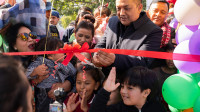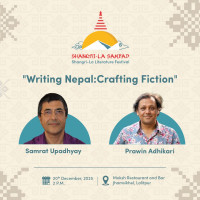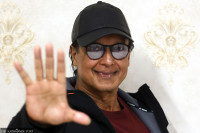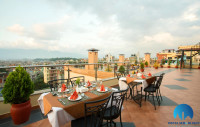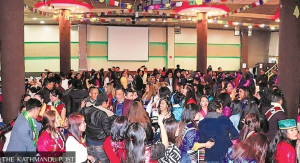Culture & Lifestyle
How Nepali weddings are evolving in the age of social media
These ceremonies are becoming a spectacle of style and status. But as traditions blend with trends, some wonder: are we celebrating or just showcasing?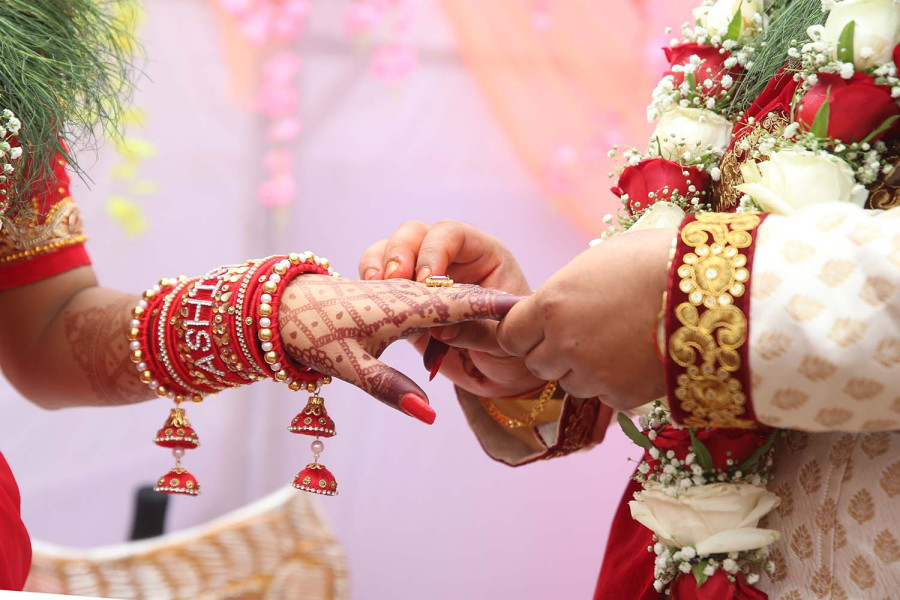
Reeva Khanal
Weddings, which are marked by sacred rituals and rich cultural depth, are increasingly shaped by cross-cultural exchanges, globalisation, and social media. In today’s interconnected world, where lifestyles are constantly displayed online, people are leaning towards personalised celebrations—choreographed dance entries, pre-wedding photoshoots, themed rituals—all curated not only for memory but for visibility. While such shifts offer creative freedom and reflect global exposure, they also raise questions about authenticity, accessibility, and social pressure.
In a multicultural and multi-ethnic country like Nepal, where marriage holds spiritual and social meaning, this transformation invites reflection: are we meaningfully redefining rituals to fit modern times, or are we slowly replacing them under the weight of imitation and digital validation?
Ram Prasad Poudyal, lecturer of Anthropology at RR Campus, shares his observations on the evolving nature of weddings in Nepal: “Marriage today has become an extremely personal affair. Those who can afford it tend to celebrate it extravagantly”. According to Poudyal, a notable trend is the influence of the Nepali diaspora—individuals who travel or work abroad, earn money, and return home, bringing with them practices they have seen overseas. “However,” he clarifies, “the influence isn’t necessarily Western; it is more heavily drawn from Indian culture, which many Nepalis tend to emulate in wedding rituals.”
He expresses concern over the financial burden such elaborate weddings place on families. “Parents often go so far as to take out loans to maintain appearances and meet social expectations,” he says. “This has, in some cases, even led to conflict within families and between relatives, as financial strain disrupts relationships.”
Poudyal further emphasises the role of media and cinema in promoting these trends. “The younger generation is influenced by what they see on screen, and this aspirational culture often drives decisions. Weddings have now become a blend of tradition, entertainment, and a display of social status,” he says. Reflecting on the past, he notes, “Earlier, when daughters were being married off, their parents would fast and spend long hours in ritual and silence, particularly during Kanyadaan. But now, these practices have been adjusted or replaced in many ways.”
Calling for systemic intervention, he suggested that local governments consider setting boundaries or providing guidelines on the scale and form of celebrations. “Without such checks, weddings risk becoming more about imitation and status than about the genuine union of two individuals—and that, in turn, can affect societal harmony.”
Rameshwori Panta, a writer with a background in literature and a Master’s degree in Sociology, highlights how the younger generation has become preoccupied with social media-driven displays. “It’s all about showing others what they are doing,” she notes. “The sentimental value of marriage—especially the parents’ emotions—is often overlooked in favour of fun and performance.”
When asked whether such trends are limited to urban areas like Kathmandu, Panta expresses her surprise at seeing similar shifts in rural settings as well. “Even in villages now, there are grand haldi and mehendi celebrations,” she says. “What used to be a sacred event, guided by the intellectual and spiritual framework of the moral rituals within Hindu tradition, is being overshadowed by entertainment and superficiality.”
Panta explains that in traditional Hindu weddings, the chanting of mantras by the priests carried deep meaning and was believed to sanctify the union. “These days,” she said, “many family members and even the couple themselves don’t pay attention to whether the rituals are being performed properly or not. The entire ceremony has become a formality rather than a sacred rite.”
She is also concerned about the commercialisation of weddings, which, in her view, distorts the essence of traditional values. “The influence of external cultures and this market-driven mindset leads things astray. The younger generation must be made aware of our rich wedding traditions,” she stresses, “because cultural preservation is crucial to maintain the depth and sanctity of our social practices.”
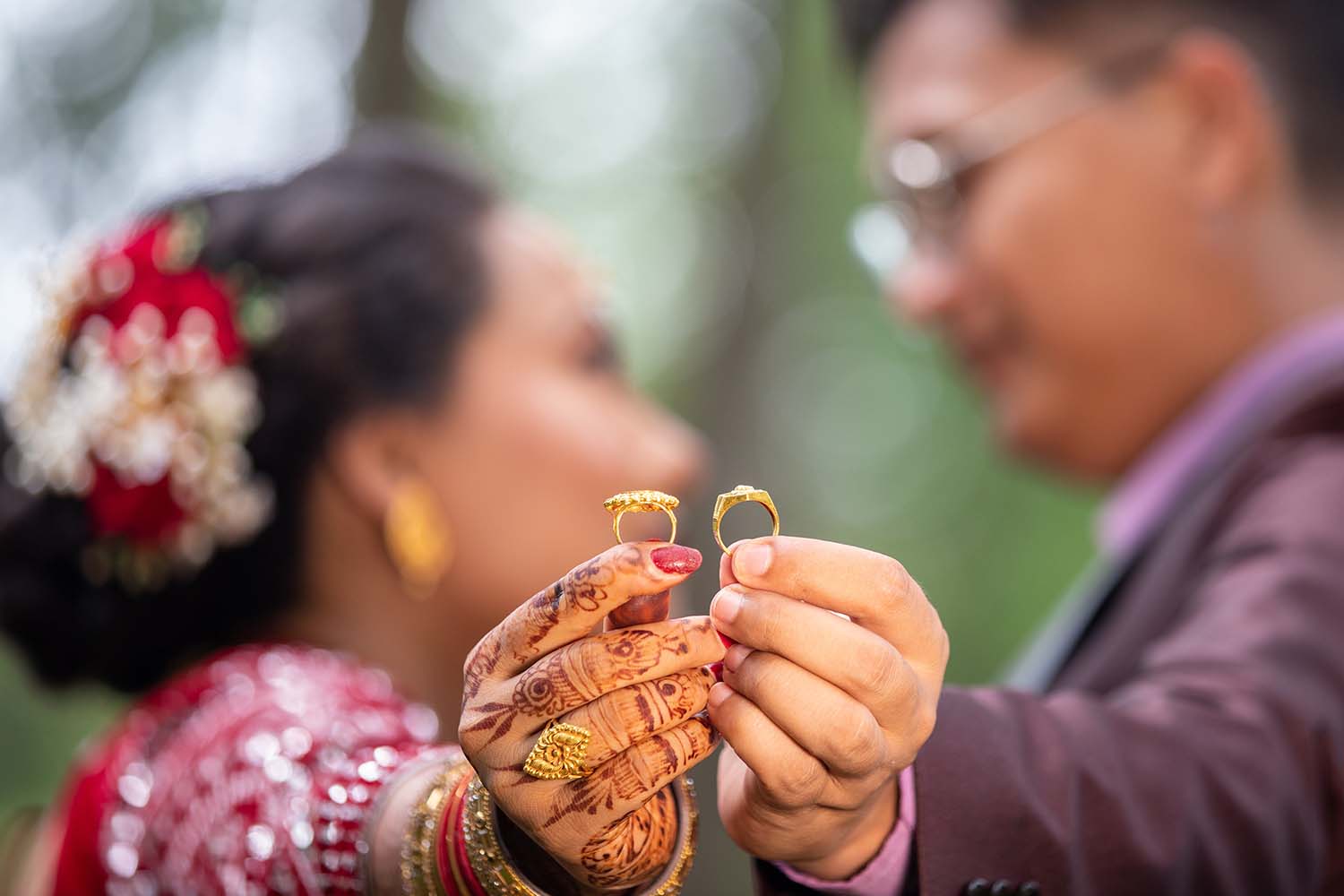
Ronit Prajapati, a wedding photographer working in the industry for the past seven years with Wedding Memories Nepal, says, “Nowadays, clients are focused on quality”. “Pre-wedding and post-wedding shoots have become trendy. Earlier, photographers were rarely called to capture haldi or mehendi rituals, but now, even those ceremonies are documented with great detail.”
Reflecting on his experiences in both urban and rural areas, he observes that the modern wedding photography culture is still emerging in villages. “In rural areas, I’d say only around 20 to 30 percent of weddings are being captured in such a way,” he notes. “However, with growing global exposure and the influence of younger generations, we are seeing a rise in demand for cinematic videos and stylised documentation, even outside city centres.”
He also spoke about shifting client priorities. “Group photos and posed shots are highly preferred over ritual-centric images,” he says. “Clients often ask, ‘Where are the group photos?’ if they don’t see them. Ritual moments—such as those involving priests performing ceremonies—tend to be underappreciated or overlooked.”
Prajapati adds that photography timelines vary depending on which side of the wedding hires them. “When the groom’s side calls us, we’re usually booked for 10 to 11 hours, as they want coverage from the wedding rituals to when the bride arrives at their home,” he explains. “For the bride’s side, it’s generally around 8 to 10 hours.” He also highlights the rising inclusion of Western elements, like cake-cutting ceremonies, which were once rare in traditional Nepali weddings but are now common.
Ranjana Jha, event organiser and designer of Gajur Wedding Planners and Event Management, shares insights from her experience planning contemporary Nepali weddings. “Today’s trend leans heavily towards destination weddings,” she explains. “Even when people have spacious homes, they often prefer outdoor venues with open skies and greenery—it’s all about ambience.”
Jha notes that many clients now plan their weddings with dedicated budgets set aside over years of hard work, and their preferences often reflect both aesthetic aspirations and cultural pride. “Some even ask for decorations that subtly represent their caste identity. Themed weddings, dress codes, and venue-specific rituals have become the norm,” she says.
While Indian-inspired functions like mehendi and haldi are now widely practised, she emphasises that many young couples remain drawn to Hindu rituals in a more customised, modernised format. “We never alter the rituals themselves—that’s for the priest to handle. But we modernise the experience through decor, choreography, guest arrangements, and direction for photographers and videographers,” she shares. “Often, while the priest performs the rites, we incorporate light entertainment or games among the families, so the entire celebration feels more engaging and seamless.
While weddings remain a personal affair—shaped by individual dreams, expectations, and years of preparation—the influence of digital media and global exposure is reshaping how we celebrate them. In this evolving landscape, aesthetics, curated experiences, and modern sensibilities often take centre stage.
Yet, amid choreographed entries, themed celebrations, and cinematic documentation, many still seek to root their weddings in the values and rituals that reflect their cultural identity. Perhaps the essence is not resisting change but embracing it thoughtfully—blending tradition with modernity so that even the most contemporary weddings still reflect who we are and where we come from.




 16.12°C Kathmandu
16.12°C Kathmandu
.jpg&w=200&height=120)

